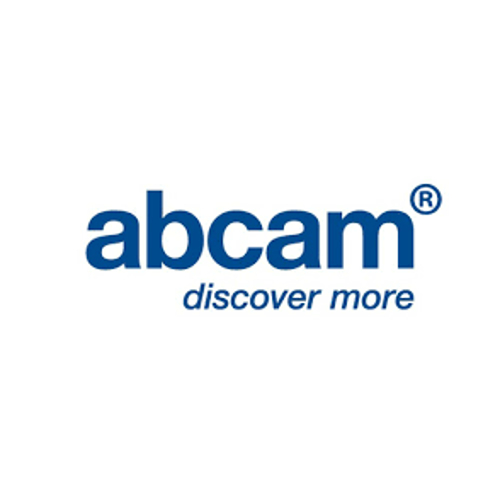Thymidylate Synthase / Alexa Fluor 488 / EPR4545
Product Details
| Description | Monoclonal | |
|---|---|---|
| Conjugate | Alexa Fluor 488 | |
| Clone | EPR4545 | |
| Target Species | Human | |
| Applications | FC, IF, ICC | |
| Supplier | Abcam | |
| Catalog # | Sign in to view product details, citations, and spectra | |
| Size | ||
| Price | ||
| Antigen | ||
| Host | ||
| Isotype |
About Thymidylate Synthase
Thymidylate synthase catalyzes the methylation of deoxyuridylate to deoxythymidylate using, 10-methylenetetrahydrofolate (methylene-THF) as a cofactor. This function maintains the dTMP (thymidine-5-prime monophosphate) pool critical for DNA replication and repair. The enzyme has been of interest as a target for cancer chemotherapeutic agents. It is considered to be the primary site of action for 5-fluorouracil, 5-fluoro-2-prime-deoxyuridine, and some folate analogs. Expression of this gene and that of a naturally occurring antisense transcript, mitochondrial enolase superfamily member 1 (GeneID:55556), vary inversely when cell-growth progresses from late-log to plateau phase. Polymorphisms in this gene may be associated with etiology of neoplasia, including breast cancer, and response to chemotherapy. [provided by RefSeq, Aug 2017]
Thymidylate synthase catalyzes the methylation of deoxyuridylate to deoxythymidylate using, 10-methylenetetrahydrofolate (methylene-THF) as a cofactor. This function maintains the dTMP (thymidine-5-prime monophosphate) pool critical for DNA replication and repair. The enzyme has been of interest as a target for cancer chemotherapeutic agents. It is considered to be the primary site of action for 5-fluorouracil, 5-fluoro-2-prime-deoxyuridine, and some folate analogs. Expression of this gene and that of a naturally occurring antisense transcript, mitochondrial enolase superfamily member 1 (GeneID:55556), vary inversely when cell-growth progresses from late-log to plateau phase. Polymorphisms in this gene may be associated with etiology of neoplasia, including breast cancer, and response to chemotherapy. [provided by RefSeq, Aug 2017]
About Alexa Fluor 488
Alexa Fluor™ 488 (AF488, Alexa 488) has an excitation peak at 488 nm and an emission peak at 496 nm, and is considered a high-performance alternative to FITC. Alexa 488 is one of the most popular Alexa Fluor™ dyes and is widely used in Fluorescence Microscopy, flow cytometry, and for staining low expression markers. It is bright, highly photostable, resistant to pH changes, and less susceptible to photobleaching. Alexa 488 and is similar in size, brightness and application to DyLight™ 488, iFluor® 488 and CF®488A.
Alexa Fluor™ 488 (AF488, Alexa 488) has an excitation peak at 488 nm and an emission peak at 496 nm, and is considered a high-performance alternative to FITC. Alexa 488 is one of the most popular Alexa Fluor™ dyes and is widely used in Fluorescence Microscopy, flow cytometry, and for staining low expression markers. It is bright, highly photostable, resistant to pH changes, and less susceptible to photobleaching. Alexa 488 and is similar in size, brightness and application to DyLight™ 488, iFluor® 488 and CF®488A.
Experiment Design Tools
Panel Builders
Looking to design a Microscopy or Flow Cytometry experiment?
Validation References
Reviews & Ratings
| Reviews |
|---|
Looking for more options?
782 Thymidylate Synthase antibodies from over 25 suppliers available with over 51 conjugates.





